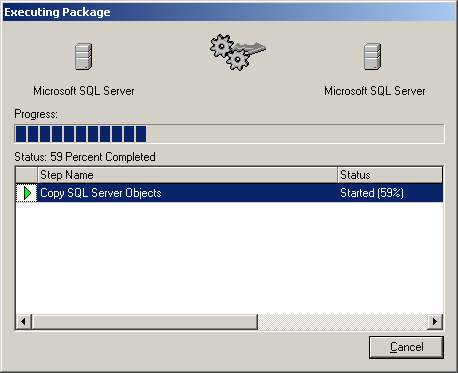A PhD student in San Deigo has written a fascinating paper which will spook internet anonymity freaks – Remote Physical Device Fingerprinting – which describes how a physical computer can be uniquely identified on the internet, regardless of operating system, IP address, or data sent, just by looking carefully at it’s TCP packets (which contain the data for a large amount – perhaps a majority – of the internet’s traffic, including all web and e-mail traffic).
The technique works by observing the deviation in the timestamps sent (in accordance with the widely-adopted RFC 1323: TCP Extensions for High Performance, specified back in 1992). Each computer’s hardware clock is made from a separate piece of quartz, and each quartz crystal is unique in it’s imperfections. By measuring these imperfections across the internet, it’s possible (with enough sample data) to identify a computer individually, which has implications both good (computer forensics) and bad (anonymity).
The paper itself [PDF] is well worth reading. And, for those that are paranoid about their anonymity online, here’s how to “turn off” this feature of TCP for Windows 2000, Windows XP, and Linux:
- Windows 2000/XP – Run RegEdit; navigate to HKEY_LOCAL_MACHINE\SYSTEM\CurrentControlSet\Services\Tcpip\Parameters; add (or edit, if already present) the DWORD “Tcp1323Opts” to 1. This disables TCP timestamps, but leaves Window Scaling (a really useful TCP/IP enhancement) enabled.
-
Linux –
echo 0 > /proc/sys/net/ipv4/tcp_timestamps
Of course, the absence of timestamps from your machine may, if you’re in a small enough sample group, single you out even more, but at least you’re not globally unique any more; which from an anonymity perspective is a really good thing.


